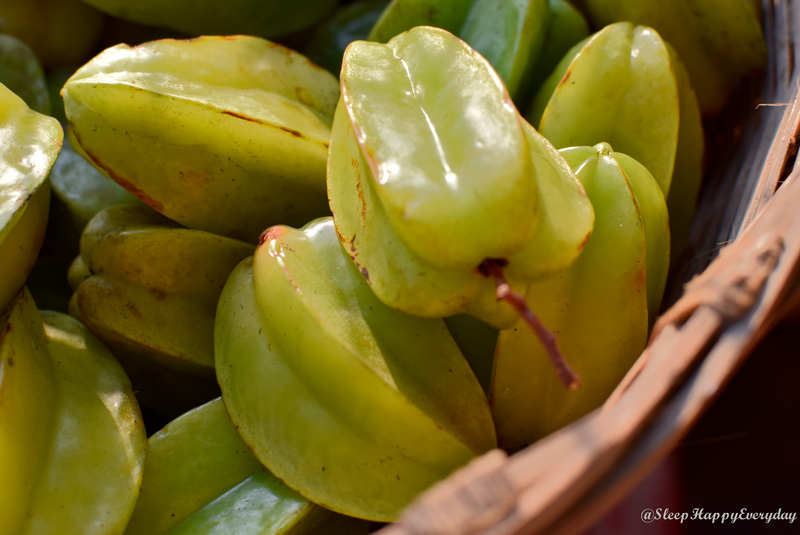 |
| Kalanchoe blooming in my garden |
Kalanchoe is a beautiful succulent with thick glossy leaves and long-lasting flowers. A real stunner in the garden when it flowers profusely winter to spring and invites many colourful fluttering beauties to our garden. They are hardy and do not suffer much from pest issues except one! And that comes out of the blue! One fine morning you come to the garden to greet your babies only to notice that your beautiful kalanchoe is in a shambles! The leaves are mushy, look hollow from inside with lots of black granules. Surprisingly, no trace of the culprit! You feel so confused and helpless!
 |
| Does your Kalanchoe look like this? |
That's what exactly happened a few years back when for the first time I saw my kalanchoe in that state and in a couple of days it's all gone! Even after figuring out what is going on, sometimes I lose my plants in case they are unattended for a few days. You blink and you lose!
The culprit here is a very cute looking fluttering beauty ....the Red Pierrot butterfly!
 |
| A Red Pierrot Butterfly. |
You may have noticed her in your garden .... flying up and down near the ground and settling often on a leaf or flower for some rest or to sip in some nectar! You must have adored her beauty too! But next time you see her .... don't forget to take extra care of your kalanchoes!
 |
| Red Pierrot laying eggs on kalanchoe leaves |
Kalanchoe is the host plant for this little beauty! They lay their eggs underneath the leaves. After the larvae come out they go inside the thick succulent leaves and start eating the flesh like a leaf-miner leaving a trail of black droppings behind!
 |
| Larva of Red Pierrot on a Kalanchoe leaf |
They come out only for two reasons .... to build a cocoon or to go to another leaf when the host leaf is over! That's why you can't see them from outside and remain clueless!
Do I really need to interfere?
As a believer of minimal interference in my garden, the first question comes in mind .... do I really need to interfere with this natural process of life? Unfortunately, the answer is yes if you want to save your kalanchoe! I have seen many caterpillars in my garden all in their respective host plants like lemon, curry patta, lily, oleander, palm and even in my fancy adenium bonsai but never interfere. They eat to their heart's content and eventually evolve to cocoon. In a week or so the plant comes back vigorously with new leaves without fail. But for kalanchoe, the case is different. If you leave it unattended most likely you will lose your plant....I have lost quite a few!
If it is a small infestation, just one or two leaves, nothing to worry! New leaves will come up soon! But when they target a plant, they keep coming, again and again, lay their eggs under the leaves and the larvae continue their gastronomical journey. Once the leaves are exhausted they go inside the stems and that's the end of the plant!
Even worse, if their favourite plant is in short supply, they may settle for other succulents too! And your nice symmetrically patterned succulents adorning the cute fairy garden can all look ugly and imbalanced if you keep removing affected leaves from it!
 |
| Red Pierrot larva on my fairy garden succulent |
How to save my plant then?
First, remove the affected leaves. (don't throw them all! Coming to that part later.)
Clear the dropped dried leaves from the soil.
Cut a few healthy branches, remove leaves from lower nodes and put the cuttings in fresh soil away from the affected plant. There is a high chance that you have missed a few eggs or tiny larvae when clearing and they will take over very soon. Kalanchoes are very easy to propagate from cuttings and you can save your plant through its next-generation in case the main plant dies.
Check the plant every day for newly affected leaves and remove if any!
Organic sprays will not work here as the caterpillars stay inside the leaves. Chemical insecticide .... I have no clue as I never used one!
Now the most important and interesting part ......What to do with the removed leaves?
After removing the affected leaves please don't throw them all! First, separate the leaves where the caterpillars are still inside. For that hold the leaf against the sun. You can see the caterpillar inside.
 |
| Hold the leaf against sunlight to see the larva inside |
Now keep those leaves in a small jar or box. No need to cover. If the host leaf is over add few fresh leaves. Soon they will come out and make a cocoon.
 |
| My current collection of larvae and cocoons. |
The cocoon looks almost similar to the larva but yellow in colour with a hard shell. Now wait for the D-day to witness the metamorphosis.... it is mesmerizing!
This way, you can save both your plant and the butterflies!
As a safe practice, whenever you buy a beautiful Kalanchoe try to propagate it from cuttings. Have a few plants in different locations of the garden. Next time when these butterflies visit your garden, enjoy their company without fear of losing your plant!










